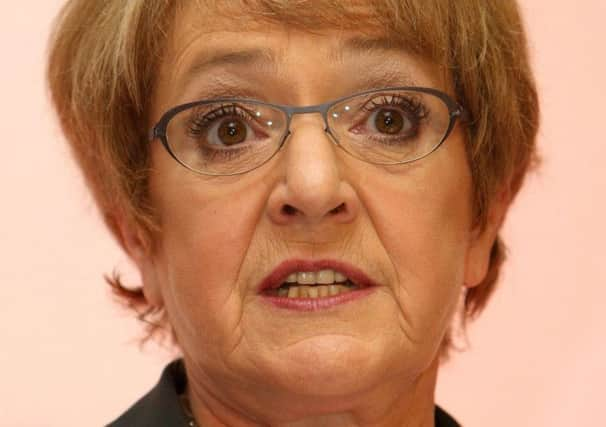School surveys to cost taxpayer an extra £6m


A report by the National Audit Office (NAO) concluded it will cost the Education Funding Agency (EFA) millions of pounds in unplanned spending to survey around 8,000 schools – which could divert money from other projects.
It also says the EFA has fulfilled most of its responsibilities, but could be at risk of being “over-loaded” amid a growing demand for its services and increasing expectations by the Department for Education (DfE)
Advertisement
Hide AdAdvertisement
Hide AdThe NAO report has examined the work of the agency which is responsible for ensuring school funding agreements are in place and providing funding to school and colleges as well as overseeing the maintenance and construction of building work.
It was created by the Government following the closure of the Young People’s Learning Agency which was responsible for academies and also Partnerships for Schools which had helped deliver capital projects.
The EFA has been tasked by the Government with responsibility for the Property Data Survey Programme, which aimed to collect data on the condition of around 23,000 schools by last October.
The findings were to be used to help make decisions on which schools should be refurbished or rebuilt.
Advertisement
Hide AdAdvertisement
Hide AdTo complete the programme, the EFA commissioned surveys of just over half (57 per cent) of schools and relied on local council data for the rest.
A month before this programme was set to be completed, however, the EFA identified “inconsistencies in the data supplied by local authorities”. As a result, Education Secretary Michael Gove announced in November the DfE was commissioning surveys of the 8,000 schools that were meant to be covered by information being provided by local councils.
The National Audit Office report said: “This will cost the Agency £6m in unplanned spending, potentially diverting resources from other projects.
“The delay in collection means that the data will not be available as planned to inform capital maintenance funding allocations in December 2014.
Advertisement
Hide AdAdvertisement
Hide Ad“This suggests that the Agency may have been over-optimistic in its planning assumptions around the consistency of local authority data.”
The NAO’s report also says the DfE had clear reasons for setting up the Agency in 2012, but adds it is not clear how the department assesses the EFA’s ability and capacity to take on new responsibilities.
The Agency has forecast that the numbers of schools and colleges it deals with will rise by 50 per cent to almost 12,000 between 2012/13 and 2015/16.
At the same time the agency being expected to reduce its administration costs.
Advertisement
Hide AdAdvertisement
Hide AdNAO head Amyas Morse said: “Given the Agency’s expanding remit and rapidly growing customer base, it must now bring together its existing improvement plans and quickly implement an operating model capable of dealing with the new demands.
“Our experience of similar bodies in other sectors suggests that the Agency might otherwise become overloaded, to the detriment of its own performance.”
The report praised the EFA for much of its work It said that in 2012‑13, the agency made allocations and payments accurately and on time.
It confirmed allocations on time for academies, which almost doubled in number from 1,664 to 2,826, and for some 2,800 institutions providing education and training for students aged 16 to 19.
Advertisement
Hide AdAdvertisement
Hide AdMargaret Hodge, chairman of the Commons Public Accounts Committee and Labour MP for Barking, said: “Since its creation in April 2012, the Education Funding Agency has performed well against the growing and changing remit which the Department for Education has given it.
“The department, however, needs to make sure that it clearly understands the delivery capability of the agency so that it is clear about what it expects the Agency to achieve.
“I fail to see how the agency can reduce costs by 15 per cent while simultaneously expecting to see a 50 per cent increase in demand for its services. There is a real danger that the agency will simply become overloaded, putting at risk the value for money it achieves from its £51bn of funding.”